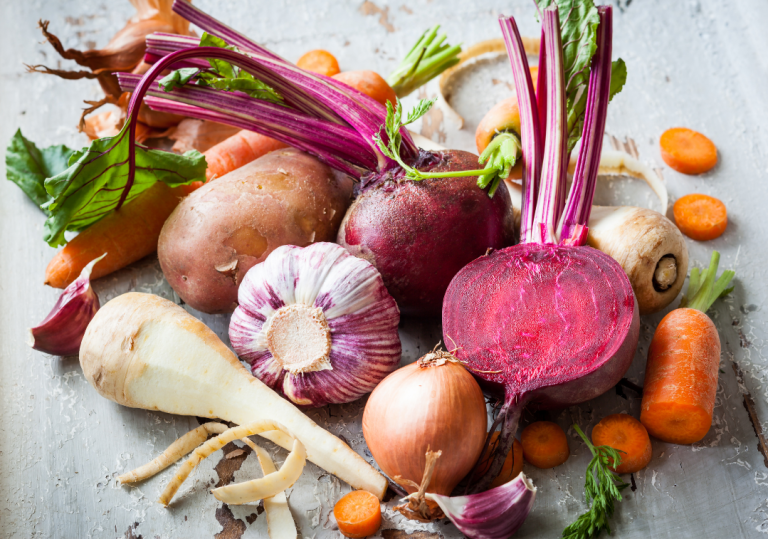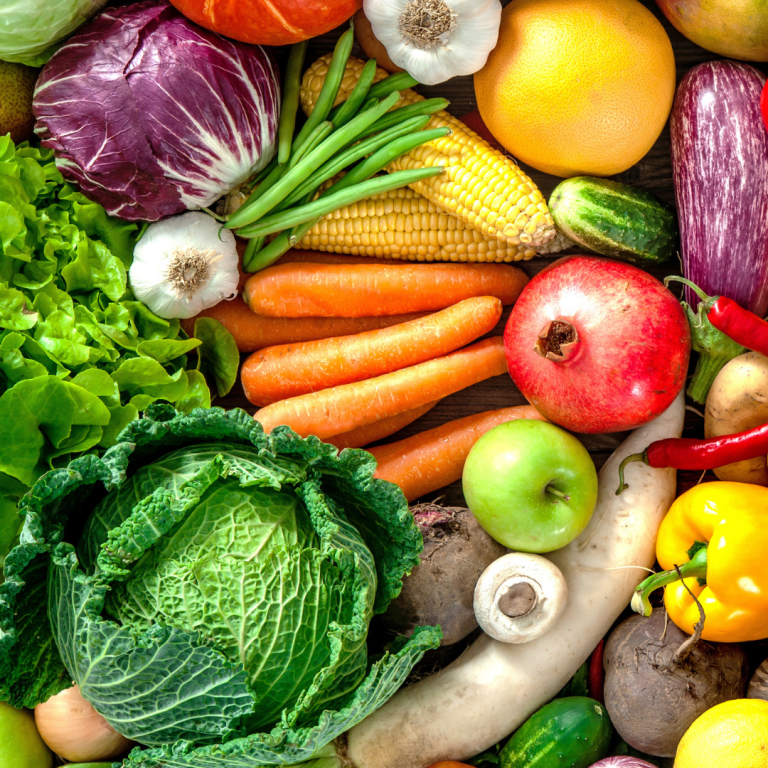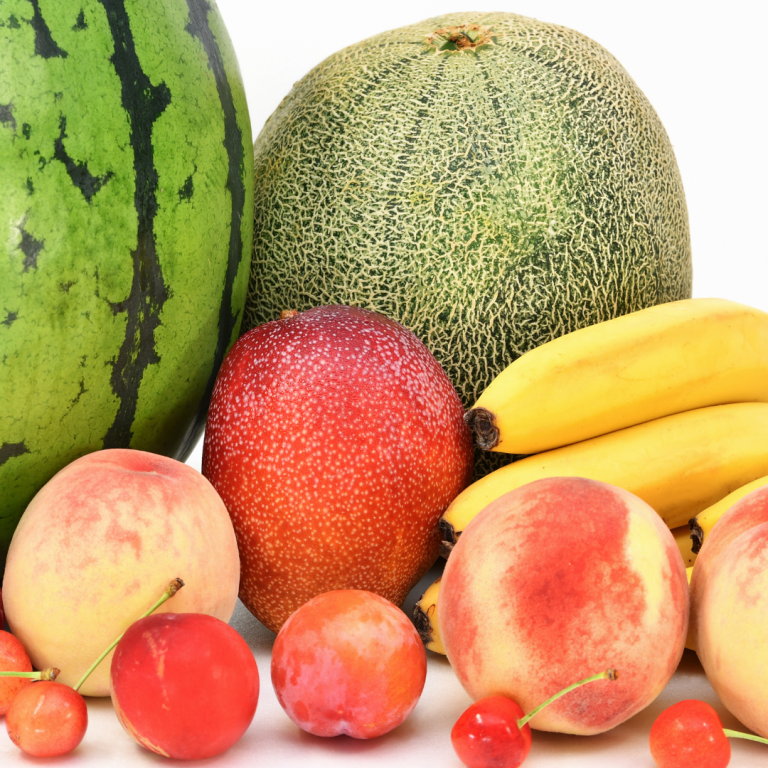In Ayurvedic medicine three energies are believed to circulate in the body and govern physiological activity, their differing proportions determining individual temperament and physical constitution. These are called doshas. When unbalanced, they cause a disposition to particular physical and mental disorders.
The five elements that are found in all living things—ether, air, fire, water, and earth—are the building blocks of life. The manifestation of those elements through the doshas is what gives rise to our different constitutions or doshas. How the three doshas appear, and in what proportion, is what makes each of us unique.
Dosha (Sanskrit: दोषः, IAST: doṣa) is a central term in Ayurveda originating from Sanskrit, which can be translated as “that which can cause problems” (literally meaning “fault” or “defect”), and which refers to three categories or types of substances that are believed to be present in a person’s body and mind.
Vata, kapha and pitta are the classifications of these energies. As these energies fluctuate with our environment, diet and activities, our system does its best to keep balance and stabilility in our body mind. We can feel and experience how each element effect us. We can look out for imbalances that are shown by the doshas and allow room in our daily life for the body to come back into balance.

Spring is a time when we naturally transition between different energies in the environment, from winter cooler months the summer hotter and longer days. It is also often a busy and festive time in our community. Its a great time to tune into your personal constitution and nurture the areas of your being that need it.
Vata
Vata is one of the three constitutional types and is represented by ether and air elements. It has to do with motion and movement, is associated with the nervous system, respiratory system and elimination. Its qualities are; dry, rough, cool, light and changing.
Imbalance in vata is seen as; pain in the body, cracking joints, cramps, insomnia, intolerance for cold, dry, brittle nails and skin, agitated and restlessness and difficulty focussing the mind.
To balance vata eat freshly cooked wholefoods that are soft and in high protein. Use a variety of spices and serve warm or hot. Stay warm, warm oil body massage, have a consistent daily routine and regular sleep and eating times. Slow down. Practice deep breathing, daily meditation and gentle yoga. Get out in nature.

Foods to balance vata are sweet, sour and salty foods, warm, nourishing, heavier and textured foods. Wholefoods like warm milk, cereal, butter, warm soups, hot cereals, nut butter, raw nuts and fruits, oats, rice, chicken, seafood, sesame oil, olive oil and ghee. Spices such as cinnamon, cardamom, cumin, ginger, cloves, garlic. Vegetables include beetroot, carrots, sweet potato, turnip, cooked broccoli, brussel sprouts, cauliflower, leafy veges, mushrooms, peas, potatoes, sprouts and tomatoes.
Things to avoid when vata is aggravated are; cold foods, salads, icy drinks, raw vegies, eating on the go, large meals and skipping meals, excessive work and exercise, excessive talking and staying awake late.
Kapha
Representing the water and earth elements, kapha is an Ayurvedic dosha or constitutional type. It is the physical aspect of our being, and is seen in our fluid balance. Its qualities are heavy, slow, steady, solid, cold, soft and oily.
Imbalance in the kapha dosha is seen as; depression, attachment, lethargy, laziness, slow, dull, sluggish, cold and flu, lung and sinus congestion, sleeping after food, overweight, swelling, high cholesterol and blood pressure.
To balance kapha, it is best to wake up at 6am, begin the day with tongue scraping, drink warm honey and ginger tea in the morning, spice meals, exercise everyday, do sun salutations, dry skin brush, and warm oil massage for the body.
Foods that assist in balancing kapha are lightly cooked, raw fruits and vegetables, spicy foods –Indian and Mexican.
Dry cooking methods: baking, grilling and sauté.

Spices such as cumin, fenugreek, black pepper and turmeric.
Vegetables: asparagus, brussel sprouts, beets, broccoli, cabbage, garlic, cauliflower, celery, eggplant, carrot, leafy greens, lettuce, mushrooms, onions, peas, peppers, okra, radish and spinach are excellent.
Fresh fruits: apples, apricots, berries, cherries, cranberries, papaya, pears, prunes, pomegranates and grapefruit are encouraged.
Wholefoods: barley, buckwheat, corn, millet, oats, rye, brown rice and legumes can be include as well.
Avoid-snacking, sweets, fatty foods, salt, deep fried foods, chilled drinks and eating after 6pm.
Pitta
The Ayurvedic dosha pitta represents fire and water elements. It is shown in our digestion and metabolism. Its qualities are hot, light, intense, liquid, sharp and pungent.
Imbalance in pitta is seen as: increased heat in body, redness, rash, inflammation, cold sores, thirst, heart burn, ulcers, bleeding, diarrhea, perfectionism, anger, irritability, hatred, jealousy, intolerance, poor memory, focus and concentration, red eyes, high blood pressure, early greying hair, reduced eye sight, indigestion, gas and abdominal pain after eating.
To balance pitta, cool the body, mind and spirit. Eat when hungry, in a peaceful manner. Practice yoga, meditation, deep breathing. Eat sweet, pungent and bitter foods.
Foods to help balance pitta are; asparagus, coconut water, broccoli, brussel sprouts, cabbage, celery, cauliflower, cucumber, green vegetables, okra, zucchini, pumpkin, radish, carrots, coriander, fennel, cardamom, ghee, bananas, cherries, coconuts, figs, mangoes, melons, pears, soaked prunes and raisins.

Avoid pungent, sour, salty, chilli, high protein foods, as well as red meat, alcohol, stimulants, fried foods and ferments.
